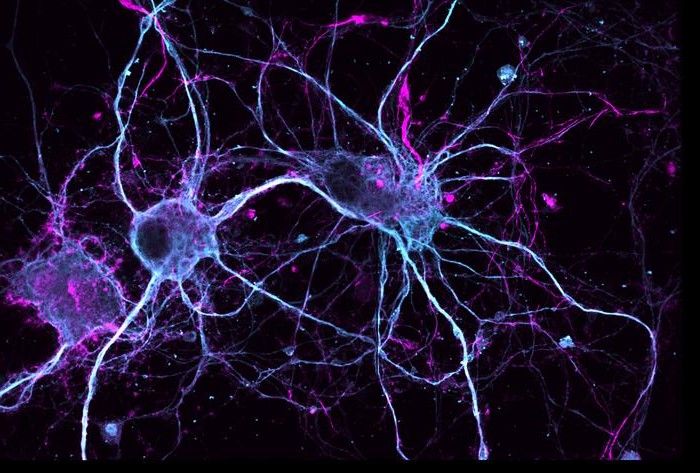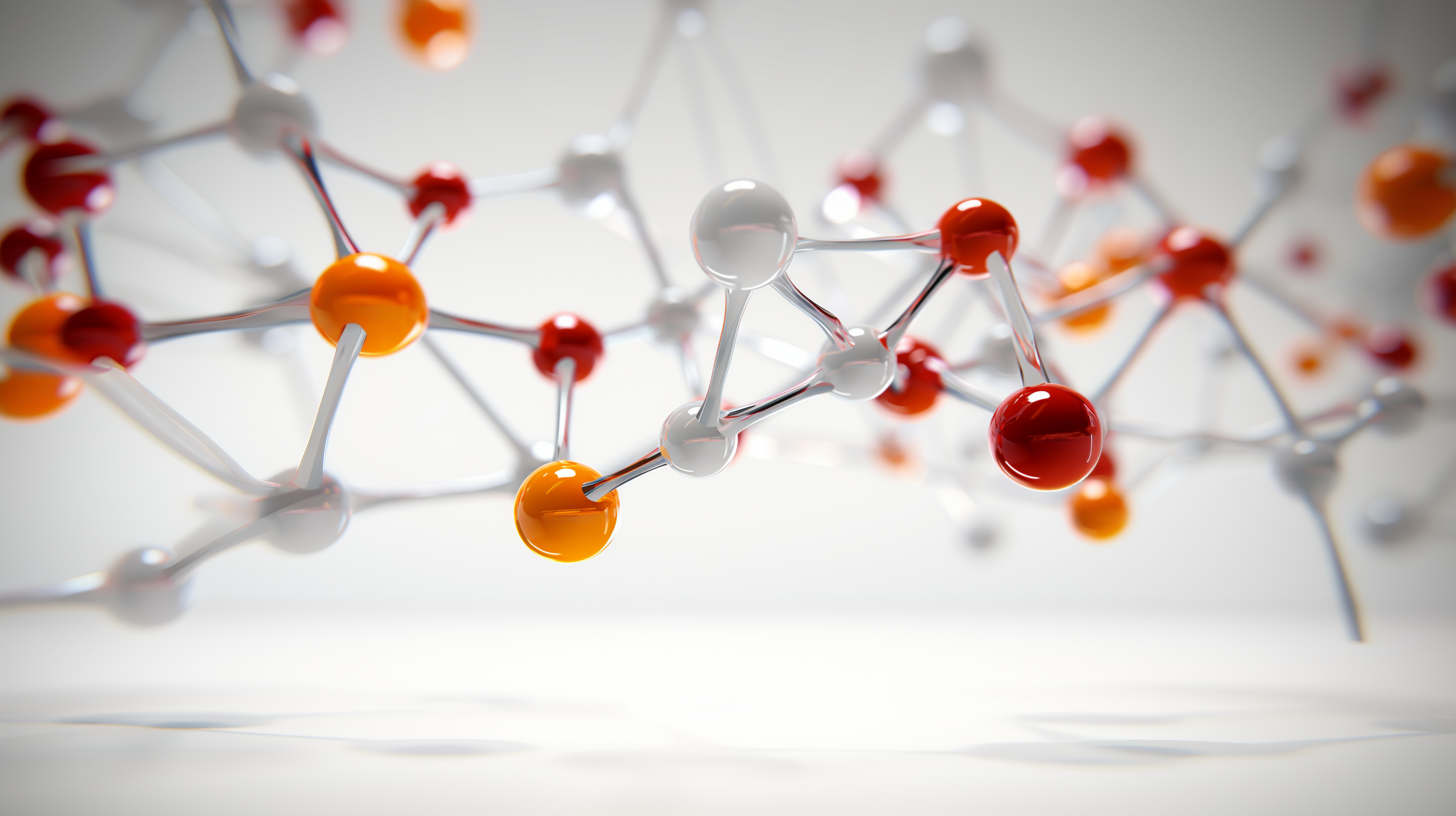UC Davis researchers achieve total synthesis of ibogaine
Discovery creates opportunities to study therapeutic properties of ibogaine and related compounds
Ibogaine — a psychoactive plant derivative — has attracted attention for its anti-addictive and anti-depressant properties. But ibogaine is a finite resource, extracted from plants native to Africa like the iboga shrub (Tabernanthe iboga) and the small-fruited voacanga tree (Voacanga africana). Further, its use can lead to irregular heartbeats, introducing safety risks and an overall need to better understand how its molecular structure leads to its biological effects.

In a study appearing in Nature Chemistry, UC Davis researchers report the successful total synthesis of ibogaine, ibogaine analogues and related compounds from pyridine — a relatively inexpensive and widely available chemical. Here we see a neuron treated with the ibogaine analogue (-)-10-fluoroibogamine, which showcased exceptional effects on neuronal growth and connection.
Andy Domokos/UC Davis
In a study appearing in Nature Chemistry, researchers at the University of California, Davis Institute for Psychedelics and Neurotherapeutics (IPN) report the successful total synthesis of ibogaine, ibogaine analogues and related compounds from pyridine — a relatively inexpensive and widely available chemical.
The team’s strategy enabled the synthesis of four naturally occurring ibogaine-related alkaloids as well as several non-natural analogues. Overall yields ranged from 6% to 29% after only six or seven steps, a marked increase in efficiency from previous synthetic efforts to produce similar compounds.
“Ibogaine’s complex chemical structure makes it hard to produce in significant quantities, and this challenging chemistry has historically limited medicinal chemistry efforts to develop improved analogues,” said the study’s corresponding author David E. Olson, director of the IPN and a professor of chemistry and biochemistry and molecular medicine at UC Davis. “Performing total synthesis solves both problems. We can make it without having to harvest tons and tons of plant material and we can also make analogues, several of which are demonstrating really interesting properties.”
Despite the cardiac risk of ibogaine, Olson noted that the compound is gaining popularity as a treatment for substance use disorders, traumatic brain injury and other conditions.
“Some people want to find ways to administer ibogaine more safely and you might be able to mitigate risk with careful cardiac monitoring and magnesium supplementation,” he said. “But maybe we just need ibogaine 2.0, a better version that still produces these profound anti-addictive and anti-depressent effects but doesn’t have that cardiac risk.”
Analogues of interest
Olson highlighted two ibogaine analogues of interest from the study. The first analogue was the mirror image of ibogaine. In chemistry, this mirror image trait is referred to as chirality. Like your left and right hands, such molecular compounds can’t be superposed on each other.
“Nature only produces one version and if the therapeutic effects of ibogaine are coming from interactions with another chiral entity, like an enzyme or receptor, then you would expect only the natural version to have an effect,” Olson said. “But if it’s non-specific, then both compounds would produce an effect.”
When the researchers tested the effects of ibogaine and its mirror image compound on neurons, they discovered that only the natural one promoted neuronal growth.
“This allowed us to show for the first time that ibogaine’s effects are probably the result of it being bound to a particular receptor,” Olson said. “We don’t have all the details of what receptor that is, but the unnatural compound is a good tool for probing this biology.”
The second analogue of interest was (-)-10-fluoroibogamine. During experiments, the compound exhibited exceptional effects on neuronal structure and function, promoting growth and reconnection. Additionally, it showcased powerful effects on serotonin transporters, which are proteins that regulate serotonin levels at synapses.
“The serotonin transporter is the target of many antidepressants and is hypothesized to be relevant to ibogaine’s therapeutic efficacy,” Olson said.
The findings, according to researchers, indicate that (-)-10-fluoroibogamine should be further investigated as a treatment for substance use disorders, depression and related neuropsychiatric diseases.
Safer and more effective medicines
According to Olson, the research was 10 years in the making with the team exploring multiple synthesis routes, each with varying levels of effectiveness.
“A lot of these iboga alkaloids and ibogaine analogues are not made from cheap, readily available starting materials,” Olson said. “The difference with our strategy is that we rely on very abundant, inexpensive chemicals, and we can assemble the pieces in just a few steps. Overall, our goal was to create a more efficient process.”
The research team hopes that their total synthesis strategy will provide researchers with a roadmap for efficiently accessing ibogaine analogues, ultimately leading to safer and more effective medicines.
Original publication
Other news from the department science
Most read news
More news from our other portals
See the theme worlds for related content
Topic world Synthesis
Chemical synthesis is at the heart of modern chemistry and enables the targeted production of molecules with specific properties. By combining starting materials in defined reaction conditions, chemists can create a wide range of compounds, from simple molecules to complex active ingredients.

Topic world Synthesis
Chemical synthesis is at the heart of modern chemistry and enables the targeted production of molecules with specific properties. By combining starting materials in defined reaction conditions, chemists can create a wide range of compounds, from simple molecules to complex active ingredients.





























































